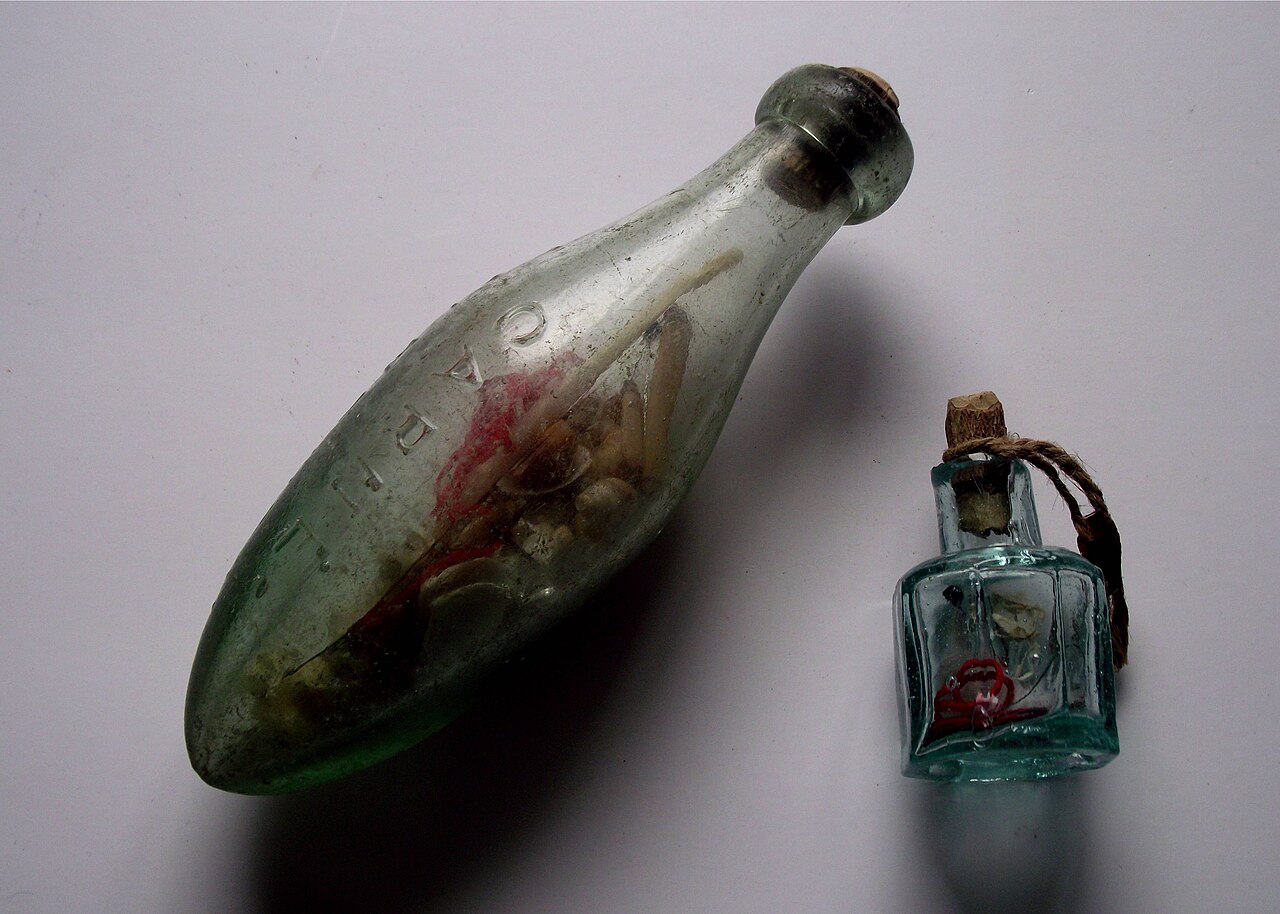d66 Talismans.
Anyone who knows me has heard me talk ad nauseam about the game manuscript I recently more-or-less completed; Zorn: The Wrath of God. A hack based on classic Warhammer / Mordheim, it centres around themes of gothic and folk horror, hauntology, western esotericism and social history in Europe and her colonies between 1480 and 1680.
Recently, in honour of completing the manuscript, I have been listening to an audiobook version of the book that was my original inspiration for the game. One passage briefly mentioned gruesome magical talismans used by some criminals. This immediately called my mind to the grim magical ingredients and rituals in Carcosa and Wolves Upon the Coast. It also recalled the 2018 Ashmolean museum exhibition 'Spellbound: Magic, Ritual and Witchcraft' which I visited and made a profound impression on me and may be at least partially responsible for my continued interest in occultism and the historical anthropology of magic. I immediately dug out my exhibition catalogue, and pulled on some general knowledge of apotropaic magic in early modern Europe, and set to work adding a d66 table of protective talismans to Zorn.
These talismans aren't necessarily actually effective in-game and more intended as optional pieces of flavour to be used by players and referees to invoke superstition and magick, although there is one career in the game which enables the player to prepare functional talismans, for which this list can also provide inspiration.
This table might be useful for you if you're running an adventure featuring lots of superstitious peasants or themes of witchcraft. You could also use them as holy symbols or spell foci for clerics or magic-users in more traditional role-playing games for a dark and historical feel.

A Witch Bottle of a type similar to those of entry 52 and 61. Credit: Malcolm Lidbury, Wikipedia.
11: Inch of hangman’s rope.
12: Right hand of an infant.
13: Medal of St. Benedict.
14: Phylactery containing a passage of scripture.
15: Pentacle or demonic seal printed on paper.
16: Chain of dried garlic.
21: Unicorn’s horn.
22: Rune-inscribed anklet.
23: Fragment of broken sword blade.
24: Hamsa charm.
25: Saint’s finger bone.
26: Locket of lover’s hair.
31: Knucklebone necklace.
32: Hanged man’s dried left hand.
33: Pouch of lead dust mixed with gunpowder.
34: Wax seal of a bishop.
35: Splinter of a breaking wheel.
36: Splinter of the true cross.
41: Box of mummy powder.
42: Glass globe of hair from a bog corpse.
43: Silver ring inscribed with a lover’s name.
44: Miniature statue of a heroic figure.
45: Ancient flint arrowhead.
46: Round stone with a natural hole.
51: Silver box of salt.
52: Vial of vinegar and an iron nail.
53: Baby’s shoe.
54: Preserved human eye.
55: Carving of a wild man.
56: Ragdoll depicting the wearer.
61: Tiny bottle with an evil face, full of urine.
62: Glass globe of fine silk thread.
63: Lead case containing a human heart.
64: Crystal ball lens.
65: Gilt and etched ceremonial dagger.
66: Werewolf’s claw.
Sources:
Harrington, J. F., The Faithful Executioner. (2013)
Page, S. and Wallace, M., Spellbound: Magic, Ritual and Witchcraft. (2018)
Ginsburg, C. The Night Battles. (1966)
Wikipedia, Witch Bottle. Accessed 06/04/2025